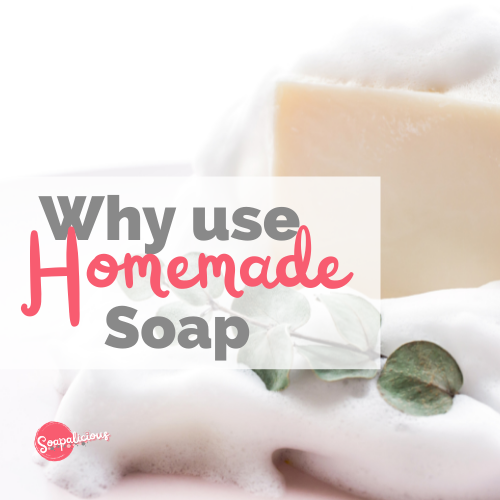There are many choices of oils to use in the soap making process. Different oils require different percentages in the overall recipe.
Olive Oil is used in soap primarily for its exceptionally mild and creamy lather. It makes a long lasting bar that produces tiny bubbles.
Coconut Oil is solid at room temperature. It contributes to the hardness of the soap. It also helps promote copious bubbles, but lather is not stable, so must be combined with other oils.
Coconut Oil has a high cleansing power. Due to its high cleansing power, using coconut oil at more than 25% may make some people’s skin feel dry, so it is best used in conjunction with other oils in the perfect ratio.
Castor Oil: Has a unique fatty acid makeup. The use of this ingredient contributes to a stable, copious lather. Acts as a humectant, drawing moisture to the skin. It is used to reduce the loss of moisture.
Lye is a very caustic product, but totally necessary in soap-making.
Without lye you have no soap. When lye is added to water in the soap making process, the resulting exothermic reaction can reach up to 200 degrees fahrenheit.
Goggles, long sleeves and gloves must be worn when working with lye. Once you pour the lye solution into the oils and begin to emulsify, the saponification process begins. As the saponification process develops, the lye solution becomes less caustic.
Raw soap batter is not as dangerous as pure lye water, but it can still irritate the skin. After 4-6 weeks we test the soap to make sure that the saponification is complete. At this point all lye molecules have been transformed into soap and will not harm the skin.
Mica: Mica is a general name for a group of natural Earth minerals that are mined, purified and pulverized into fine powders and then used for dozens of different applications including cosmetics and soap making. Much of the mica powders we use are coated with either iron oxides or titanium dioxide, which gives them an even more multi-layered, complex colour. That’s why when you look at the list of ingredients, it will often list several components.
Fragrance Oil: Fragrance oils are synthetic. They are a lot more complex. Just one oil can be made up of 40-80 materials. Luxury perfumes are often made with 5 times that number. Those materials include synthetic aroma chemicals and natural ingredients like essential oils, extracts, and resins.
Essential Oils: If you prefer natural scents, essential oils are a great choice. They’re extracted from herbs, flowers, and plants, most often through steam distillation. That involves heating the components until a gas is released, then condensing the gas back into a liquid. It’s a gentle process that ensures the sensitive compounds don’t break down. Our essential oils are 100% pure unless otherwise stated. All of our oils are body safe grade.

